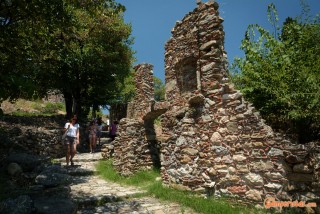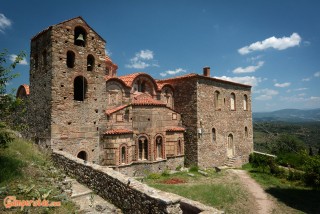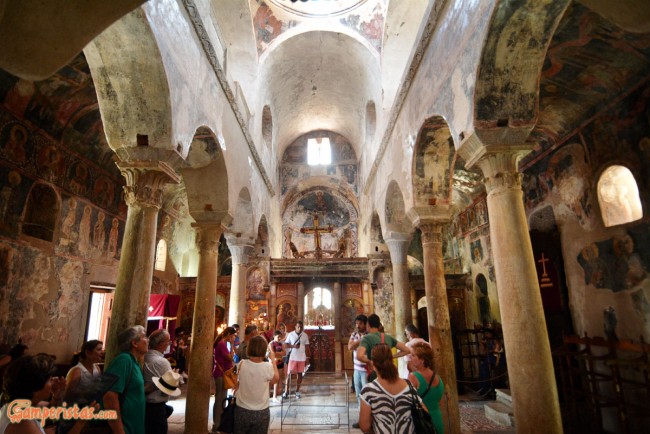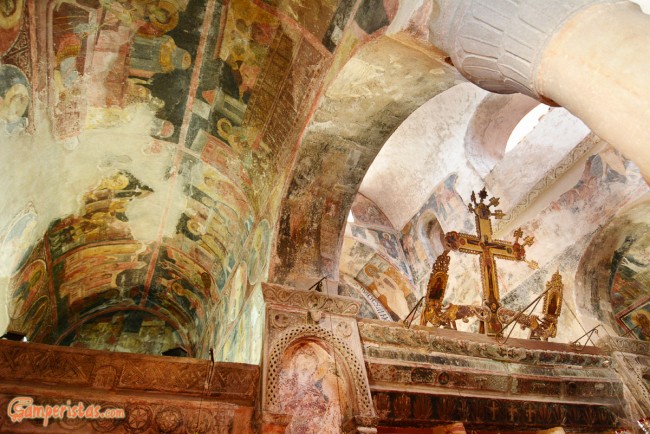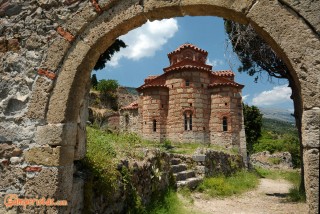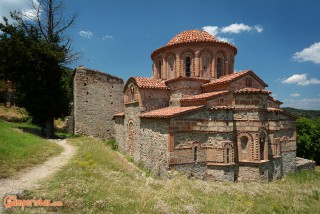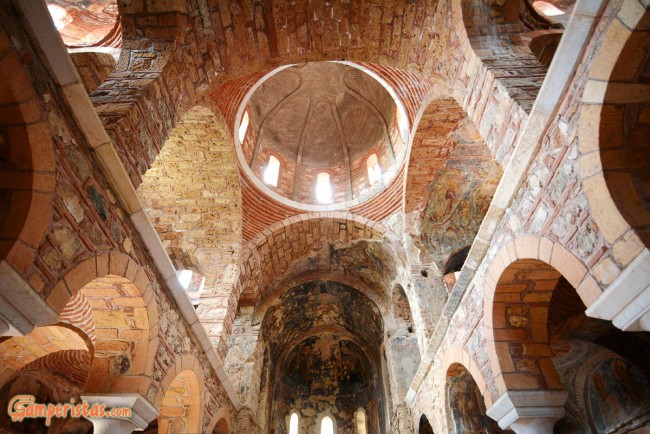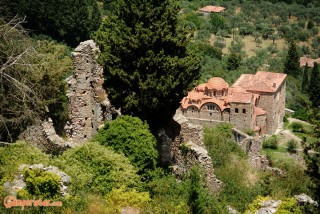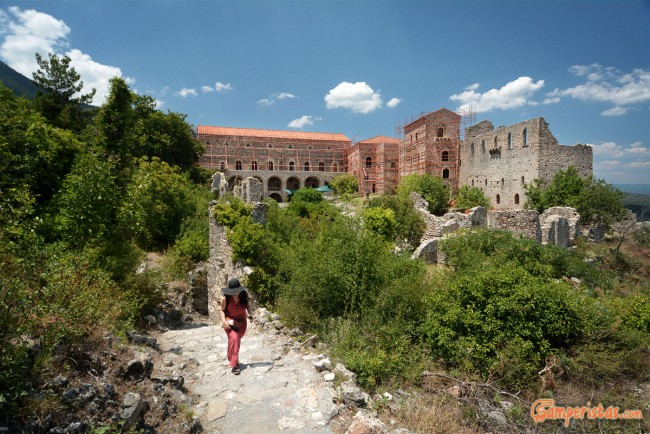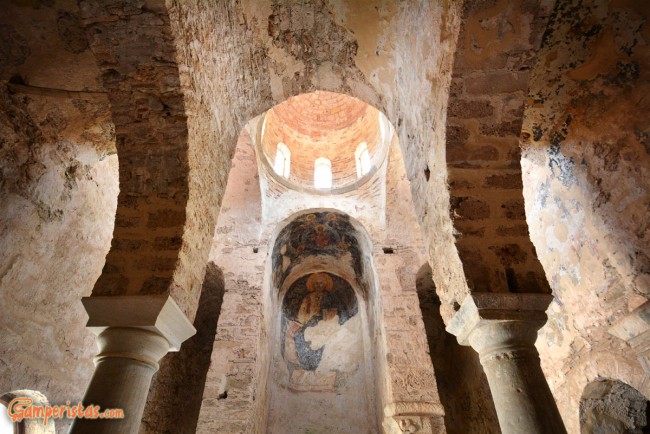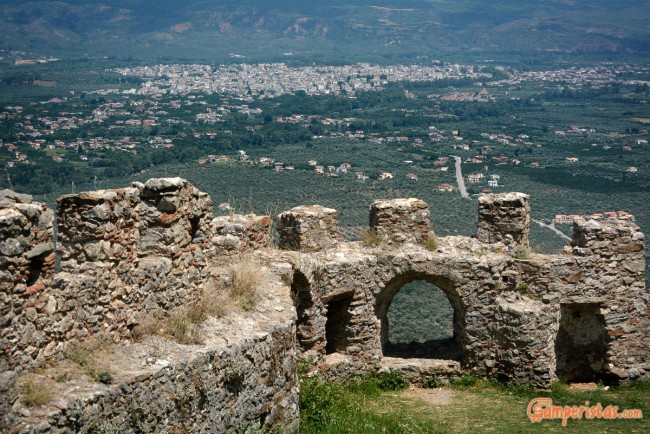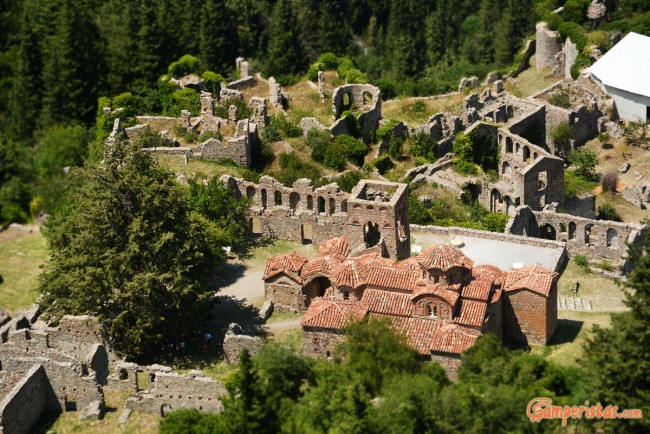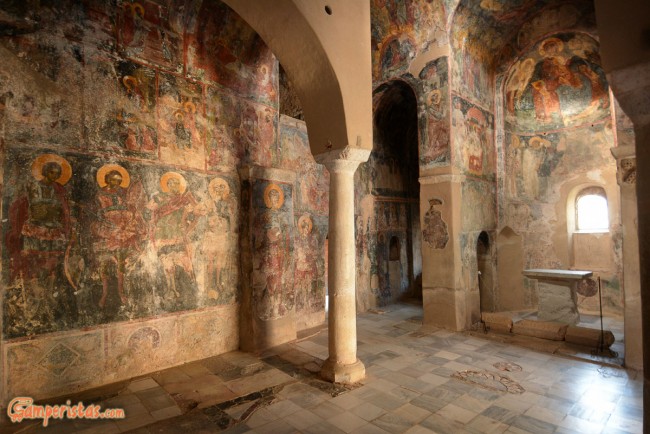
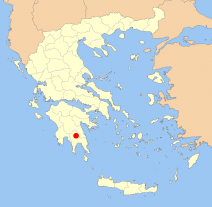 This archaeological site undoubtedly belongs to the “not to be missed” attractions of Peloponnese listed on the UNESCO heritage of humanity sites. It’s a deserted though intact byzantine town built uphill so be prepared for a good long walk uphill; it took us five hours to explore it, starting from the lower town to the ruined castle and back again. The main attraction are the many churches decorated with beautiful frescoes. A very well-spent morning!
This archaeological site undoubtedly belongs to the “not to be missed” attractions of Peloponnese listed on the UNESCO heritage of humanity sites. It’s a deserted though intact byzantine town built uphill so be prepared for a good long walk uphill; it took us five hours to explore it, starting from the lower town to the ruined castle and back again. The main attraction are the many churches decorated with beautiful frescoes. A very well-spent morning!
Mystra lies in a distance of less than ten kilometers from Sparta. The site has two entrances, one at the lower part of the town and the other close to the castle on the top of the hill. They have both large parking areas where you can also stay overnight.
Seen from above the upper parking [37.07274, 22.36404] seems to be more flat and protected from the street noise than the lower one.
The opening hours are from 8.00 to 20.00 (during the summer), although the monastery of Pantanassa, which is still inhabited by nuns, is open from 10:00 to 17:00. The timetable varies depending on the season, so in case of doubt, check the official website. The ticket costs € 5 (€ 3 reducted) and it allows multiple entries in the same day.
The guides recommend to start with the lower entrance, make a walk around the lower town then move with your car at the ‘upper’ entrance and visit the remaining site. It’s true that you will save a bit of uphill climb, but, to be honest, it’s such a small section that it’s not worth the bother.
We preferred to leave our camper in the parking lot at the lower entrance [37.07664, 22.36909] and to visit from there the entire site.
It’s absolutely necessary to wear comfortable shoes and to bring with you plenty of water, especially in summer. In any case, there are vending machines where you can buy bottled water at normal prices.
We started our tour counterclockwise and after a few meters we came to the Metropolis of Mystras, within which there is a small museum.
Continuing our tour we go from one church to another, getting through ruined edifices of the ancient town of Mistras. We gradually ascend towards the Palace.
The higher we climb, the more spectacular is the view. We pass by Despot’s Palace (closed for restoration), and Agia Sofia church and then we take the road to the castle. This last stretch of climb is the most demanding but not so hard after all …
In the photo above you can see the city of Sparta in the background.
From here on, it’s all downhill! 🙂 Going down we turn right to visit the monastery of Pandanassa and then we continue, always keeping to the right, to see the last churches, including Peribleptos, which is one of the most beautiful and less visited by tourists!
A tip for photographers: the light in the morning is much better for most of the churches, but the price to pay, however, is to be constantly in the sun… If you choose to visit the site in the afternoon, it will be more shaded and less tiring and there is still the possibility to make some interesting shots. Our photos are made between 12.30 and 17.30.

